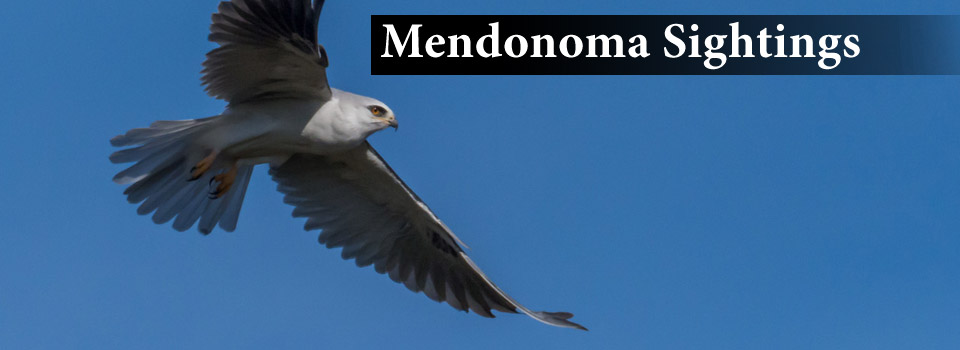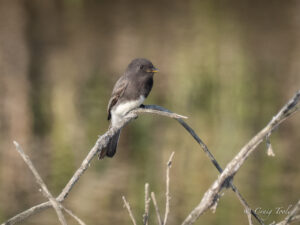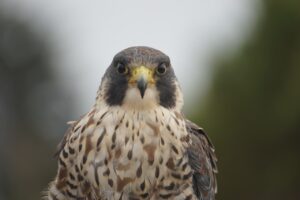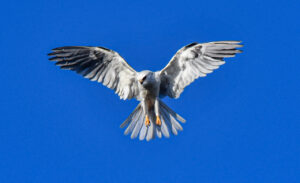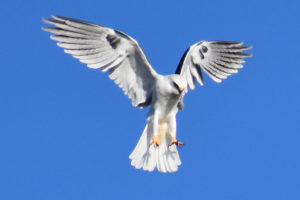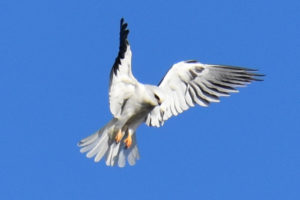Snowy Plovers are always a treat to see. Craig Tooley recently photographed one near a piece of kelp.
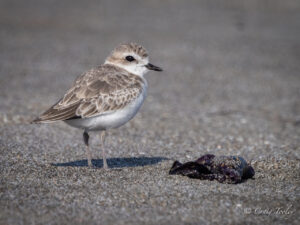 Snowy Plovers are small plovers who inhabit sandy beaches and bare ground. They are most often seen at Manchester State Beach, where they nest in the sand. Their numbers are declining so we do all we can to protect them. Since they are so exposed, leashing your dog during breeding season is a must. One of their calls is a whistle sound which you can listen to at this link: https://www.allaboutbirds.org/guide/Snowy_Plover/sounds
Snowy Plovers are small plovers who inhabit sandy beaches and bare ground. They are most often seen at Manchester State Beach, where they nest in the sand. Their numbers are declining so we do all we can to protect them. Since they are so exposed, leashing your dog during breeding season is a must. One of their calls is a whistle sound which you can listen to at this link: https://www.allaboutbirds.org/guide/Snowy_Plover/sounds
Thanks to Craig for allowing me to share his photo with you here. To see much more of Craig's nature photography, here is the link to his website: http://www.ruffimage.com
We are having a stormy day today. This morning we were graced with rainbows, the first we've seen in months. We've had a few good downpours of blessed rain. We hope it's the beginning of much more wet stuff!
